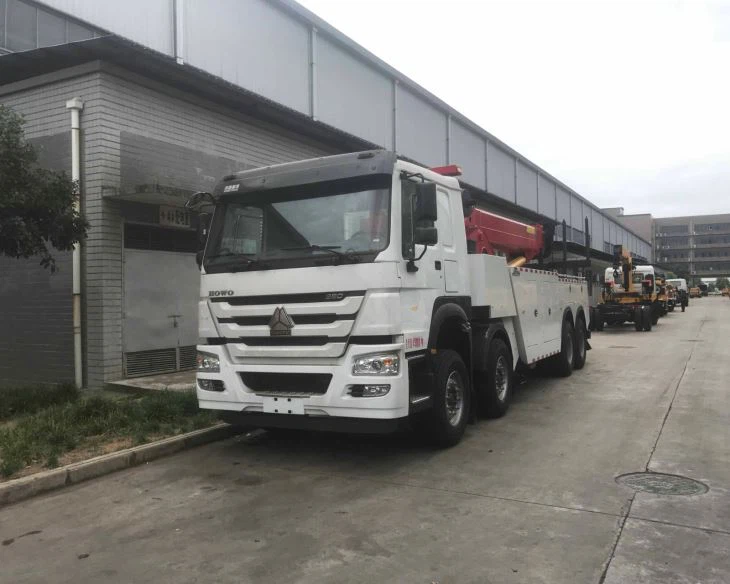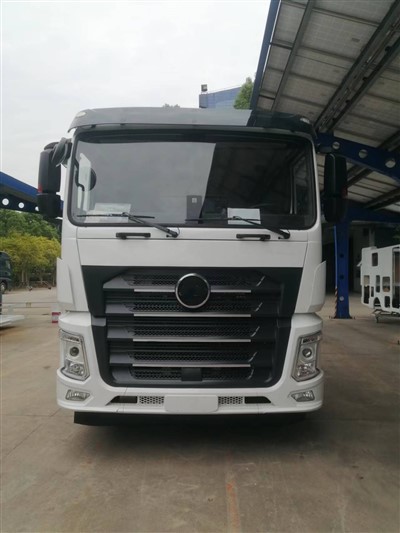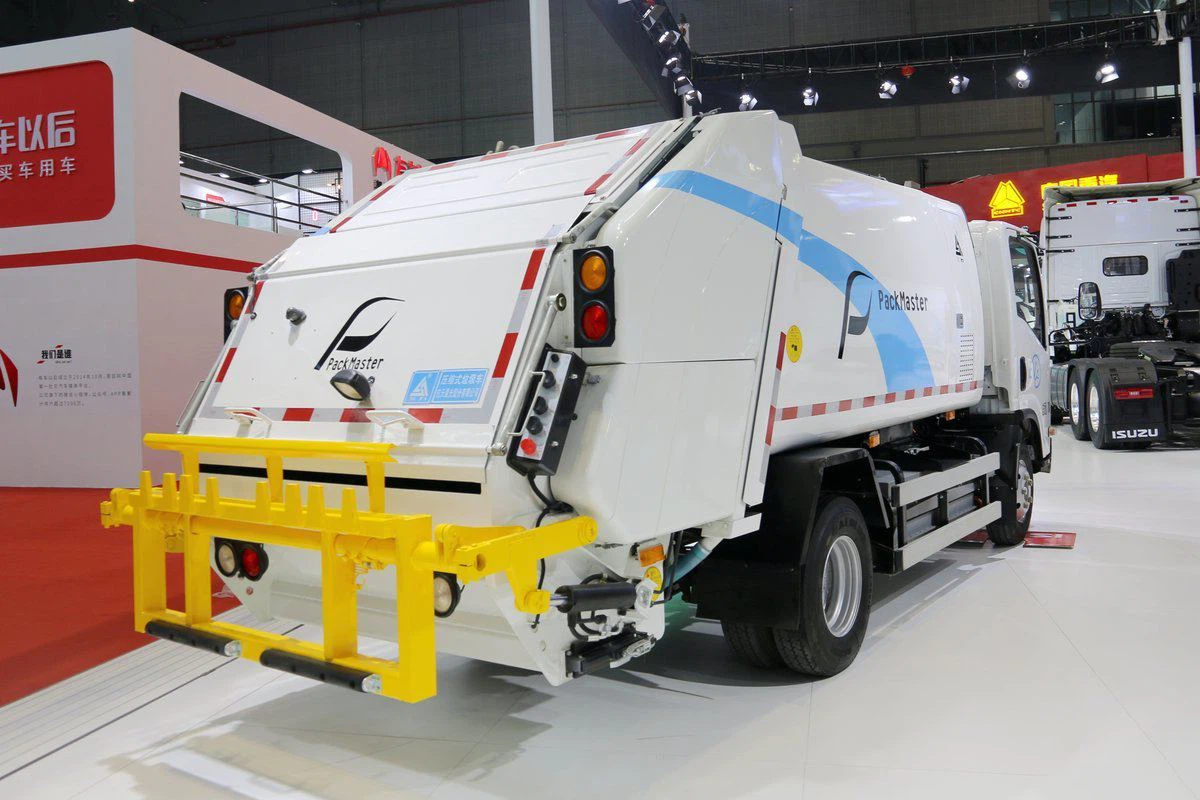Vactor Parts Catalog: A Comprehensive Guide

The Vactor parts catalog is a crucial resource for anyone operating or maintaining Vactor trucks, whether in municipal services, waste management, or construction. This guide will provide you with an in-depth understanding of the parts catalog, how to navigate it, practical tips for ordering parts, and frequently asked questions to enhance your knowledge and efficiency in vehicle maintenance.
Understanding the Vactor Parts Catalog
The Vactor parts catalog serves as an extensive inventory listing all parts associated with Vactor trucks and equipment. It enables users to find the right parts efficiently, ensuring maintenance and repairs are executed swiftly and rightly.
What is a Vactor Truck?
Vactor trucks are specialized vehicles equipped with advanced technologies for sewer cleaning, vacuum excavation, and hydro-excavation. They are essential for maintaining sanitation and infrastructure across various sectors.
Importance of a Parts Catalog
The parts catalog is vital for:

- Efficient repairs and maintenance.
- Identifying the right parts quickly.
- Ensuring compatibility and quality of parts.
- Streamlining purchasing processes.
Navigating the Vactor Parts Catalog
A well-structured parts catalog makes it easy for users to locate the necessary components for their vehicles.
Structure of the Catalog
The Vactor parts catalog is typically organized into sections based on the type of equipment or service area:
- Chassis Parts
- Hydraulic Components
- Vacuum System Parts
- Pipe and Tube Assemblies
How to Use the Catalog
Follow these steps to navigate the Vactor parts catalog effectively:
- Identify the model of your Vactor truck.
- Locate the corresponding section in the catalog.
- Find the specific part you need using part numbers or descriptions.
- Verify compatibility with your vehicle before ordering.
Commonly Ordered Vactor Parts
Here’s a list of commonly ordered parts along with their typical functions:
| Part Name | Function |
|---|---|
| Vacuum Pump | Creates negative pressure for suction of debris and liquids. |
| Hydraulic Filter | Prevents contamination in hydraulic fluid systems. |
| Control Valve | Regulates the flow of fluids in the system. |
| Hoses and Fittings | Transports fluids and gases to various components. |
| Dump Valve | Controls the unloading of collected materials. |
Ordering Parts from the Vactor Catalog
Where to Order Parts
You can order Vactor parts from various sources:
- Authorized Vactor dealerships
- Online marketplaces specializing in truck parts
- Vactor’s official website
Tips for Ordering Parts
To ensure a smooth ordering process, keep these tips in mind:
- Have your vehicle model and VIN ready.
- Double-check part numbers for accuracy.
- Be aware of lead times for parts availability.
- Compare prices across different suppliers for the best deal.
Vactor Parts Maintenance Tips
Regular maintenance of Vactor parts is essential for prolonging the lifespan and efficiency of your truck.
Regular Inspections
Schedule regular inspections to check for wear and tear on crucial components.
Fluid Changes
Changing hydraulic and engine fluids at recommended intervals can avert significant repairs down the line.
Clean Components
Keeping parts clean prevents clogs and operational issues, particularly in the vacuum system.
Common Issues and Troubleshooting
Even with proper maintenance, issues may arise. Here are some common problems:
Loss of Suction Power

If you notice a decrease in suction, check for:
- Clogs in the pipeline.
- Leaks in hoses or fittings.
- Deteriorated vacuum pump performance.
Hydraulic System Failures
Signs of hydraulic failure can include:
- Unusual noises from the pump.
- Failure to lift or lower components in the truck.
- Hydraulic fluid leaks.
Building a Relationship with a Parts Supplier
Establishing a good relationship with your parts supplier can lead to better service and support.
Communicate Clearly
Always clearly communicate your needs and the specifics of any issues you encounter with parts.
Feedback
Provide feedback to suppliers about part performance and seek their suggestions for improvement.
Bundling Parts for Efficiency
Consider bundling parts for your next order to enhance efficiency. Here’s how:
What to Bundle
- Commonly replaced components like filters and hoses
- Maintenance kits that cover multiple needs
- Upgrades or improvements with necessary parts
Benefits of Bundling
Benefits include:
- Simplified ordering process
- Potential cost savings
- Time savings in maintenance and repairs

Frequently Asked Questions (FAQ)
1. How do I find out which parts I need for my Vactor truck?
Refer to the Vactor parts catalog based on your truck’s model and consult your vehicle maintenance manual for specific parts.
2. Are aftermarket parts a good alternative to OEM parts?
Aftermarket parts can be cost-effective but ensure they are compatible with your truck and meet necessary quality standards.
3. What should I do if I receive the wrong part?
Contact your supplier immediately to arrange a return or exchange. Always verify part numbers before ordering.
4. How often should I perform maintenance on my Vactor truck?
Follow the manufacturer’s guidelines, typically performing routine inspections and maintenance every 3,000 to 5,000 miles or as needed.
5. Can I find the Vactor parts catalog online?
Yes, the Vactor parts catalog is available on the official Vactor website and through various authorized dealers.
6. What is the typical delivery time for Vactor parts?
Delivery times can vary depending on the supplier and availability, ranging from a few days to several weeks for specialized parts.
